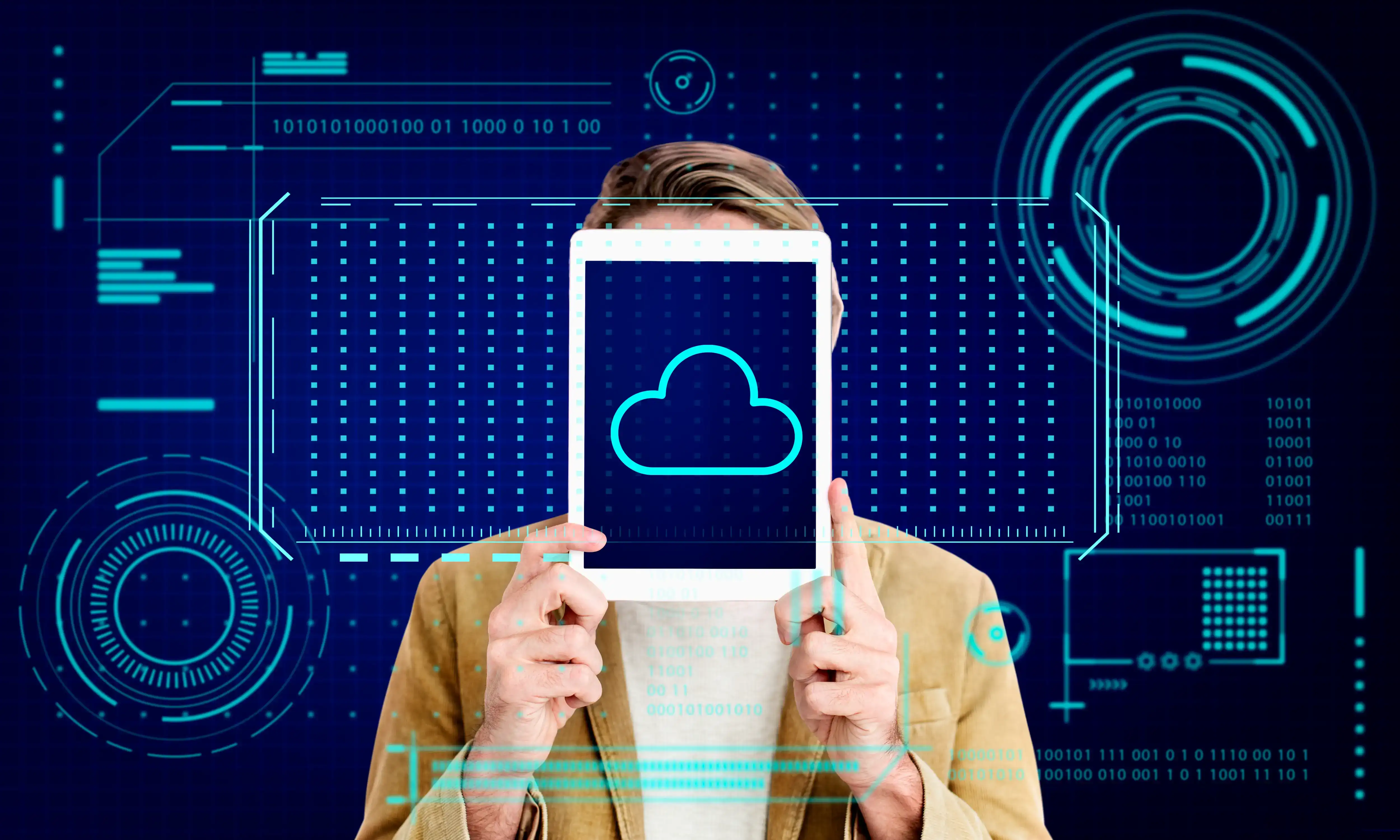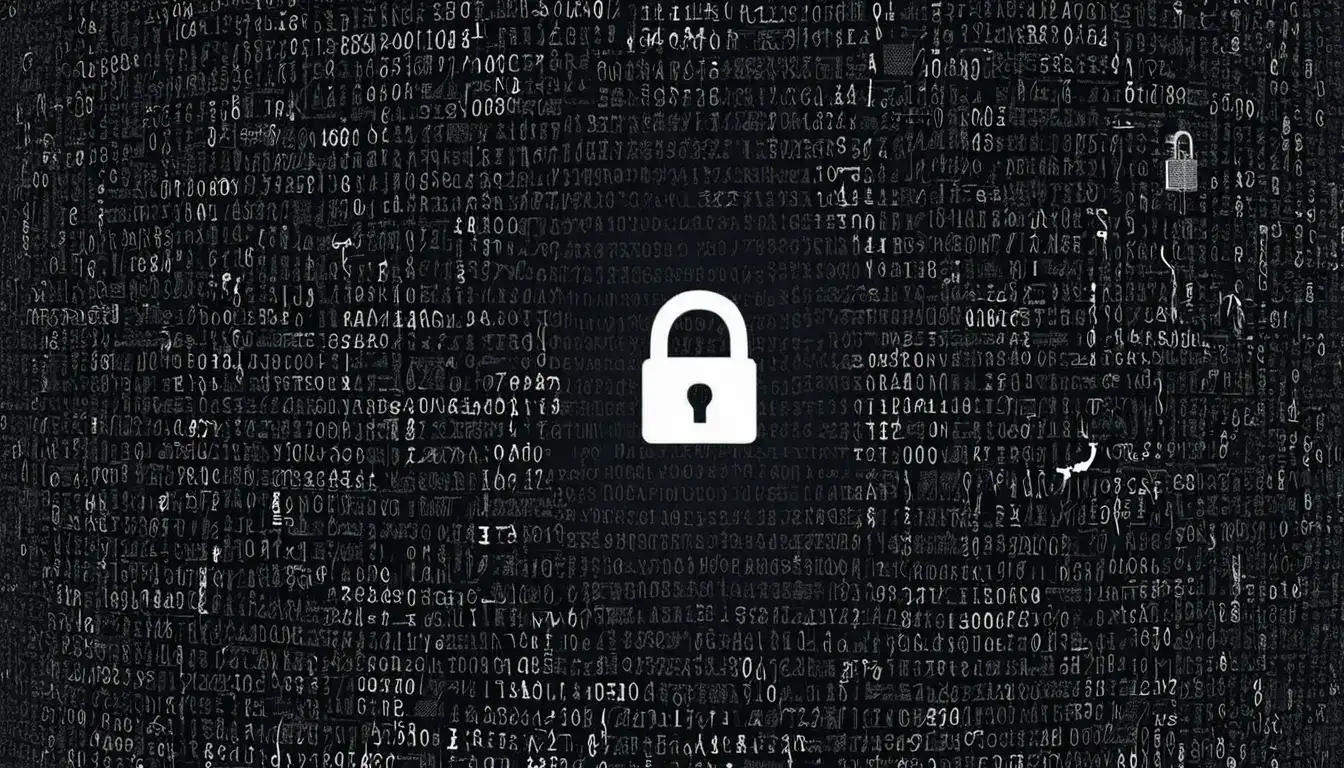Cybersecurity for Your Business
Emily Willis

Photo: Cybersecurity for Your Business
Safeguarding Your Success: Essential Cybersecurity for Your Business
In today's interconnected digital landscape, cybersecurity for business is no longer an optional add-on; it's a fundamental pillar of operational integrity and sustained success. From the smallest startups to multinational corporations, every organization is a potential target for an ever-evolving array of cyber security threats. Ignoring these risks can lead to devastating consequences, including significant financial losses, irreparable damage to reputation, and even legal repercussions. This article will delve into the critical aspects of business cybersecurity, offering actionable insights and practical steps to build a robust defense against modern cyber adversaries.
Why Cybersecurity is No Longer Optional for Businesses
The digital age has brought unprecedented opportunities but also amplified vulnerabilities. The notion that "it won't happen to us" is a dangerous misconception.
The Evolving Threat Landscape
The sophistication and frequency of cyber security threats are escalating rapidly. Cybercriminals are constantly developing new tactics, from elaborate phishing schemes to highly destructive ransomware attacks. They target businesses of all sizes, recognizing that smaller organizations may have fewer resources dedicated to IT security, making them easier prey. A single vulnerability can be exploited to compromise entire networks, steal sensitive data protection information, or cripple operations.
Financial and Reputational Costs of a Breach
The aftermath of a data breach extends far beyond immediate financial losses from system downtime or recovery efforts. Businesses often face:
- Direct Financial Costs: Investigation, remediation, legal fees, regulatory fines, and credit monitoring for affected customers. The average cost of a data breach continues to rise annually.
- Reputational Damage: Loss of customer trust, negative media coverage, and a tarnished brand image can lead to a significant decline in sales and long-term customer attrition. Rebuilding trust can take years, if it's even possible.
- Operational Disruption: Business operations can be halted or severely impacted, leading to lost productivity and missed opportunities.
Regulatory Compliance and Legal Ramifications
Governments worldwide are enacting stringent data protection regulations, such as GDPR in Europe and CCPA in California, to protect consumer data. Non-compliance can result in hefty fines that can cripple a business. Beyond regulatory penalties, businesses may face lawsuits from customers whose data was compromised, adding another layer of financial and legal burden. Proactive business cybersecurity measures are essential not just for protection, but for legal and ethical compliance.
Common Cyber Threats Businesses Face Today
Understanding the enemy is the first step in building effective defenses. Here are some of the most prevalent cyber security threats targeting businesses:
- Phishing and Social Engineering: These attacks manipulate individuals into divulging sensitive information or performing actions that compromise security. Phishing emails, often disguised as legitimate communications from trusted sources, remain a leading cause of data breaches.
- Malware and Ransomware Attacks: Malware (malicious software) can take many forms, including viruses, worms, and spyware. Ransomware, a particularly insidious type of malware, encrypts a victim's files and demands a ransom payment, usually in cryptocurrency, for their release.
- Distributed Denial of Service (DDoS) Attacks: DDoS attacks overwhelm a system, server, or network with a flood of internet traffic, making it unavailable to legitimate users. This can disrupt online services and cause significant financial losses for e-commerce businesses.
- Insider Threats: Not all threats come from external sources. Disgruntled employees, negligent staff, or even compromised accounts can pose significant risks by intentionally or unintentionally leaking sensitive data or providing access to malicious actors.
- Supply Chain Vulnerabilities: Businesses often rely on third-party vendors and suppliers. A weakness in a vendor's cybersecurity posture can create an entry point into your own network security, as seen in several high-profile attacks.
Building a Robust Cybersecurity Strategy: Actionable Steps
Developing a comprehensive cybersecurity for business strategy requires a multi-faceted approach. Here are actionable steps to enhance your organization's digital defenses:
Step 1: Assess Your Risks and Vulnerabilities
Before you can protect your assets, you need to know what they are and where they are vulnerable.
- Identify Critical Assets: What data, systems, and applications are most vital to your business operations? This could include customer databases, financial records, intellectual property, or operational technology.
- Conduct a Risk Assessment: Evaluate potential threats and vulnerabilities to your critical assets. This can involve vulnerability scanning, penetration testing, and reviewing existing security controls. Understanding your risk profile is crucial for prioritizing your IT security investments.
Step 2: Implement Foundational Protections
These are the essential building blocks of any effective business cybersecurity framework.
- Strong Passwords and Multi-Factor Authentication (MFA): Enforce complex password policies and mandate MFA for all accounts, especially for access to critical systems and cloud security platforms. MFA adds an extra layer of security by requiring a second verification method (e.g., a code from a phone app) in addition to a password.
- Regular Software Updates and Patch Management: Cybercriminals often exploit known vulnerabilities in outdated software. Implement a rigorous schedule for applying security patches and updates to all operating systems, applications, and endpoint protection solutions.
- Firewalls and Antivirus/Anti-Malware Solutions: Deploy robust firewalls to control network traffic and prevent unauthorized access. Install reputable antivirus and anti-malware software on all endpoints (computers, servers, mobile devices) and ensure they are regularly updated.
- Data Backup and Recovery: Implement a comprehensive data backup strategy. Regularly back up all critical data to offsite or cloud storage, and test your recovery process periodically. In the event of a ransomware attack or data loss, reliable backups are your last line of defense.
Step 3: Prioritize Employee Training and Awareness
The "human element
Latest ✨
View AllUncover the bond market's true nature. Is it a safe haven? Learn its benefits, inherent risks, and how to confidently integrate bonds into your portfolio.
Emily Willis
Discover the innovation economy: how new ideas, tech, and business models drive global growth and define future success.
Emily Willis
sustainable travel and highlights three destinations - Costa Rica, Iceland, and New Zealand - where eco-conscious adventures are prioritized. It describes the eco-friendly activities and responsible tourism practices in each destination, as well as providing additional tips for sustainable travel such as packing light, choosing eco-friendly transportation, and embracing local cuisine.
Emily Willis
Blockchain technology, initially associated with cryptocurrencies, has expanded to have diverse applications across industries. It is a decentralized digital ledger that ensures secure, transparent, and immutable transactions. Beyond cryptocurrency, blockchain has been applied to supply chain management, healthcare, voting systems, smart contracts, digital identity verification, real estate transactions, and supply chain finance. Future trends include enhancing interoperability, addressing scalability issues, and exploring regulatory frameworks. Overall, blockchain technology has the potential to revolutionize various sectors by enhancing efficiency, security, and trust in operations.
Emily Willis
Business
View All
June 8, 2025
Top Sales Techniques to MasterTransform your sales approach. Discover top modern sales techniques, including consultative selling, to connect, persuade, and build lasting customer relationsh...
Emily Willis

June 8, 2025
Scale Your Business SmartlyScale your business smartly for sustainable growth. Learn strategies to increase revenue efficiently, avoid common pitfalls, and build a robust enterprise.
Emily Willis

June 9, 2025
Budgeting Tips for Business ExpensesMaster your business finances! Discover essential budgeting tips to control expenses, improve cash flow, and drive sustainable growth for your enterprise.
Emily Willis
Economy
View AllIn today's rapidly changing economic landscape, innovation and resilience are more important than ever. Innovation drives progress and competitiveness by creating new ideas and solutions to meet market needs. Resilience helps businesses withstand shocks and bounce back from setbacks by planning strategically and diversifying resources.
Read MoreIs globalization reversing? Unpack key economic trends, trade protectionism, and the shift to "slowbalization" shaping our interconnected world.
Read MoreDive into the economics of monopolies. Learn how these single-rule markets form, their characteristics, and their impact on prices, quality, and growth.
Read MoreEntertainment
View All
August 4, 2024
Profiles of Famous Artists Who Inspire the Younger Generationthe inspirational aspects of famous artists such as Vincent van Gogh, Frida Kahlo, Pablo Picasso, Banksy, Yayoi Kusama, Jean-Michel Basquiat, Georgia O'Keeffe, Andy Warhol, Kehinde Wiley, and Ai Weiwei. It highlights their perseverance, innovation, authenticity, social commentary, mental health advocacy, and representation, among other qualities, and how these aspects continue to inspire young artists to pursue their creative dreams.
Emily Willis

August 4, 2024
The Evolution of Streaming Services Such as Netflix, Disney+, Hulu, and the Implications for the Traditional Entertainment IndustryThe rise of streaming services has revolutionized the entertainment industry, offering on-demand access to a vast library of content through internet-connected devices. Platforms like Netflix, Disney+, and Hulu have diversified their content libraries, reshaped consumer behavior, and challenged traditional distribution models. Technological advancements have enhanced streaming experiences, while economic and cultural implications have led to global market expansion and increased investment in original content production. The future of the streaming industry will be shaped by competition, convergence of media and technology, and the need for adaptation to changing consumer preferences. Embracing digital transformation and strategic partnerships will be crucial for stakeholders in navigating the evolving landscape of modern entertainment.
Emily Willis

August 4, 2024
The Evolution of Digital Distribution in the Music Industry: Challenges and OpportunitiesThe music industry has been transformed by digital distribution, which allows quick access to a vast catalog of music through streaming services and online stores.
Emily Willis
Health
View AllPreventive healthcare focuses on strategies to prevent disease and maintain well-being, rather than just treating illnesses after they arise. It helps identify risk factors early on, allowing for interventions that can prevent or delay the onset of chronic diseases.
Emily Willis
The healthcare landscape is being transformed by technological advancements, with telehealth and remote care providing convenient access to healthcare services. Artificial intelligence is revolutionizing diagnostics, personalized medicine, and drug discovery. Wearable technology is empowering patients to take control of their health.
Emily Willis
The focus of nutrition advice is shifting towards personalized nutrition, taking into account individual genetic makeup, lifestyle, and health goals to create a customized eating plan. This approach can lead to improved health outcomes, enhanced nutrient absorption, increased motivation, and targeted support for specific health concerns.
Emily Willis
Trending 🔥
View All
1
2
3
4
5
7
8
9
10
Sports
View AllAugust 5, 2024
Celebrating Sports Legends: Honoring Iconic Figures and Their Enduring Impact
Read MoreAugust 4, 2024
Benefits of Cross Training for Athletes: Improves Performance and Prevents Injuries
Read MoreTechnology
View All
August 5, 2024
Tips for Implementing Cloud Computing Safely and Efficiently
Cloud computing is essential for modern businesses, offering cost savings, scalability, and improved collaboration. Implementing cloud computing requires careful planning to ensure safety and efficiency. Tips for safe and efficient implementation include conducting a needs assessment, choosing the right cloud service model, prioritizing security, planning for data migration, optimizing costs, training your team, implementing backup and recovery solutions, monitoring performance, planning for scalability, and staying updated with industry trends.

August 4, 2024
Role of Cloud Computing Technology in Modern Business
Cloud computing technology has become essential for modern businesses, offering cost efficiency, scalability, and flexibility. It enables streamlined processes, enhanced productivity, and improved collaboration among employees. Cloud computing also ensures data security, disaster recovery, and business continuity. By migrating to the cloud, businesses can streamline IT operations, enhance customer experiences, access advanced technologies, and reach a global audience. Real-world applications of cloud computing include e-commerce, healthcare, financial services, manufacturing, and education.

August 5, 2024
The Most Common Types of Cybersecurity Threats
In today's digital age, cybersecurity threats are increasing in sophistication and frequency. It is important for businesses and individuals to be aware of these threats in order to protect sensitive information and maintain privacy. Understanding common types of cybersecurity threats is the first step in safeguarding against them.

August 4, 2024
Data Security in the Digital Era: Challenges and Solutions
importance of data security in the digital age, highlighting challenges such as cyberattacks, human error, weak passwords, and outdated systems. It also provides solutions to enhance data security, including encryption, strong password policies, multi-factor authentication, regular software updates, employee training, access controls, data backup, incident response plans, security audits, and advanced security technologies. These measures are essential for protecting sensitive information and preventing unauthorized access and breaches.




















